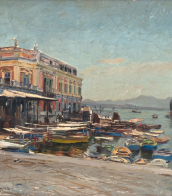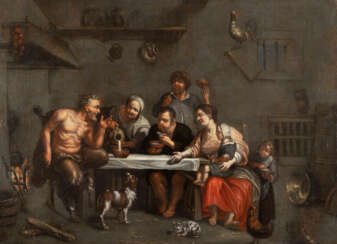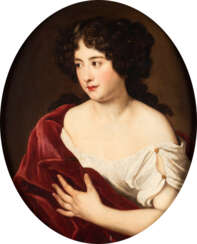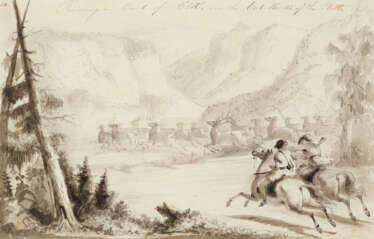jacob alt

Jakob Alt was an Austrian landscape painter, graphic artist and lithographer. He studied painting at the Vienna Academy of Fine Arts.
He travelled extensively through the Austrian Alps and the Danube regions, painting landscapes. For 5 years he lived and worked in Italy. During his travels the artist also collected an extensive herbarium, which is now preserved in the Provincial Museum of Lower Austria.


Jakob Alt was an Austrian landscape painter, graphic artist and lithographer. He studied painting at the Vienna Academy of Fine Arts.
He travelled extensively through the Austrian Alps and the Danube regions, painting landscapes. For 5 years he lived and worked in Italy. During his travels the artist also collected an extensive herbarium, which is now preserved in the Provincial Museum of Lower Austria.






Jacob Jordaens was a Flemish painter, draughtsman and tapestry designer known for his history paintings, genre scenes and portraits. After Peter Paul Rubens and Anthony van Dyck, he was the leading Flemish Baroque painter of his day. Unlike those contemporaries he never travelled abroad to study Italian painting, and his career is marked by an indifference to their intellectual and courtly aspirations. In fact, except for a few short trips to locations elsewhere in the Low Countries, he remained in Antwerp his entire life. As well as being a successful painter, he was a prominent designer of tapestries.
Like Rubens, Jordaens painted altarpieces, mythological, and allegorical scenes, and after 1640 — the year Rubens died — he was the most important painter in Antwerp for large-scale commissions and the status of his patrons increased in general. However, he is best known today for his numerous large genre scenes based on proverbs in the manner of his contemporary Jan Brueghel the Elder, depicting The King Drinks and As the Old Sing, So Pipe the Young. Jordaens' main artistic influences, besides Rubens and the Brueghel family, were northern Italian painters such as Jacopo Bassano, Paolo Veronese, and Caravaggio.


Jacob Ferdinand Voet was a Flemish High Baroque portrait painter.
Jacob was born in the family of the painter Elias Voet, in 1663 went to Rome, where he lived until 1680 and worked successfully. Here he became a respected member of the association of Dutch and Flemish artists Bentvueghels. The Roman aristocracy appreciated Voet's skill, he was also eagerly commissioned to paint portraits of English and other Europeans coming to Italy, and he painted a portrait of Queen Christina of Sweden.
Later in Florence, Jacob Voet painted portraits of the Medici family, and around 1685 he was appointed court painter in Paris, where he lived until the end of his days. In Paris he mainly painted portraits of political and military figures.


Jacob Ferdinand Voet was a Flemish High Baroque portrait painter.
Jacob was born in the family of the painter Elias Voet, in 1663 went to Rome, where he lived until 1680 and worked successfully. Here he became a respected member of the association of Dutch and Flemish artists Bentvueghels. The Roman aristocracy appreciated Voet's skill, he was also eagerly commissioned to paint portraits of English and other Europeans coming to Italy, and he painted a portrait of Queen Christina of Sweden.
Later in Florence, Jacob Voet painted portraits of the Medici family, and around 1685 he was appointed court painter in Paris, where he lived until the end of his days. In Paris he mainly painted portraits of political and military figures.


Jacob de Backer was a Flemish painter.
He is known to have worked in Antwerp between about 1571 and 1585 and was a very prolific painter. Many paintings and altarpieces in Antwerp and Italy are signed with his name. Bakker also created many elaborate compositions on allegorical subjects.


Jacob van Ruisdael, a preeminent Dutch painter, etcher, and draughtsman of the 17th century, is celebrated for his masterful landscape paintings, which significantly influenced the course of Western landscape art. Born around 1628/29 in Haarlem, Netherlands, into a family of artists, Ruisdael was an integral part of the Dutch Golden Age of painting.
Although the specifics of his training are unclear, it's believed that he was influenced by his father, uncle, and other local Haarlem landscapists like Cornelis Vroom and Allaert van Everdingen. Ruisdael's works are renowned for their dramatic depictions of Dutch landscapes, combining detailed natural observation with a monumental composition style. His paintings often feature striking forest scenes or sweeping panoramic views of cities like Haarlem.
Ruisdael's oeuvre spans a wide range, from serene forest scenes and turbulent seascapes to bustling cityscapes and desolate ruins. His handling of light and atmosphere in these settings is particularly noteworthy, adding a dramatic and emotional depth to the landscapes.
Some speculation surrounds Ruisdael's life, including the possibility of him practicing medicine in Amsterdam; however, this remains a topic of debate among historians. His travels seem to have been limited within the Netherlands and possibly to Germany, but he never visited Scandinavia, despite painting numerous Norwegian landscapes.
Today, Ruisdael's works are held in high esteem and are a part of major collections worldwide, including the National Gallery in London, the Rijksmuseum in Amsterdam, and the Hermitage Museum in St. Petersburg. Notable works include "The Jewish Cemetery," "View of Haarlem with Bleaching Grounds," and "Bentheim Castle," all showcasing his characteristic treatment of nature and light.
For art enthusiasts and collectors, Ruisdael's works offer a profound insight into the landscape painting of the Dutch Golden Age. His influence extends across various art movements and continues to be celebrated in the art world. Those interested in his work are encouraged to explore collections in renowned museums and keep informed about new sales and auction events related to Ruisdael's artworks.
For those with a keen interest in the works of Jacob van Ruisdael and the rich heritage of Dutch landscape painting, there is an exclusive opportunity to stay connected with the latest developments in this field. By subscribing to our updates, you will receive timely information on new product sales and auction events specifically related to the art of Jacob van Ruisdael. This service is particularly valuable for collectors and experts in art and antiques, offering insights into available pieces and upcoming opportunities to acquire works from this influential artist.




Alfred Jacob Miller was an American artist best known for his paintings of trappers and Native Americans in the fur trade of the western United States. He also painted numerous portraits and genre paintings in and around Baltimore during the mid-nineteenth century.


Jacob Grimmer was a Flemish painter who was active during the Late Renaissance. He specialised in landscapes and genre scenes, often depicting the everyday life of peasants.
His style was strongly influenced by Pieter Bruegel the Elder and the works of Leonardo da Vinci and Raphael.
Grimmer's paintings are characterized by detailed, realistic depictions of nature. His landscapes are characterized by wide expanses and intricate detail.
Jacob Grimmer was known for his ability to capture the nuances of human behaviour, so his genre works depict the lives of peasants with a touch of humour and whimsy.



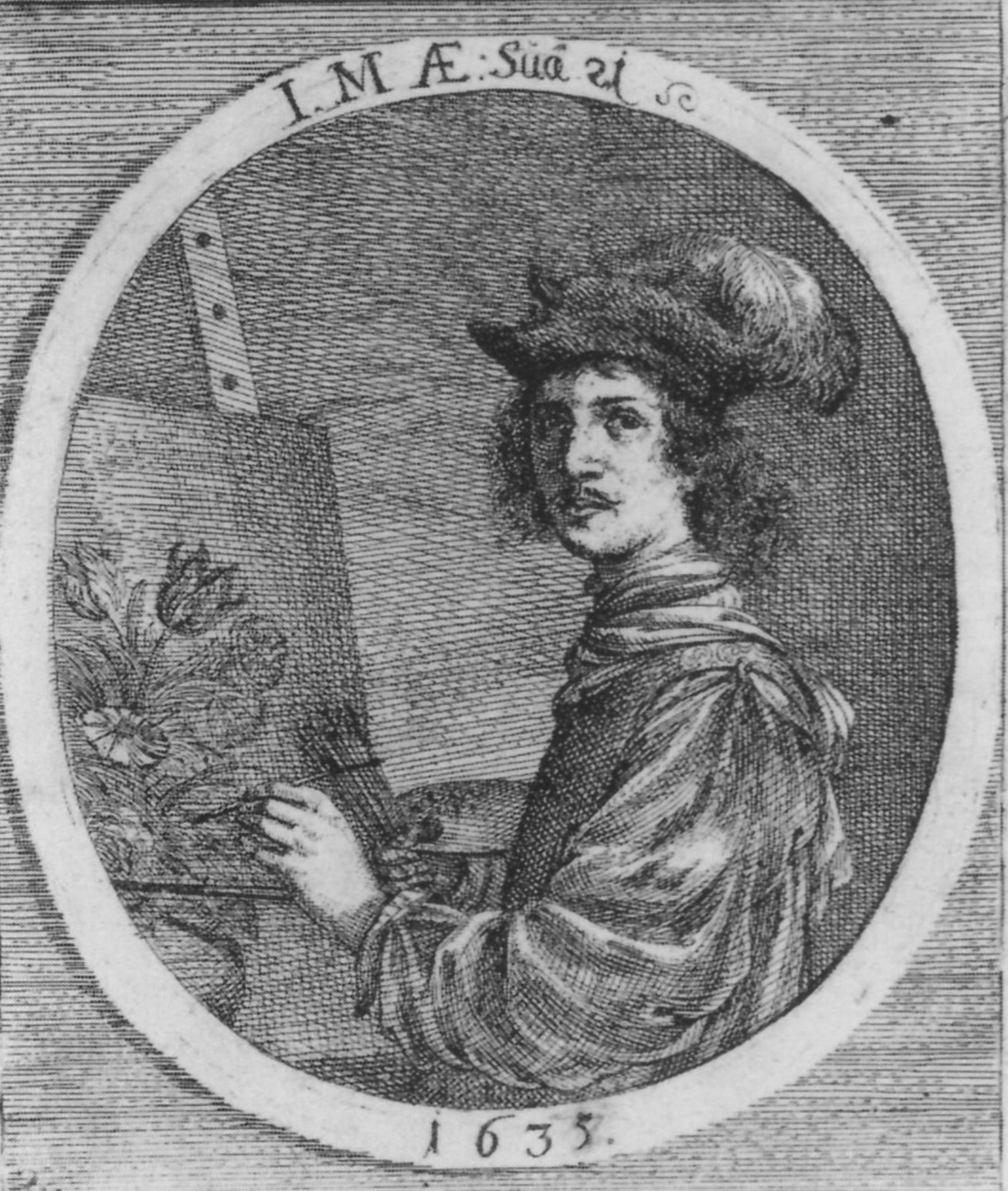
Jakob Marrel was a German still life painter active in Utrecht during the Dutch Golden Age.


Alfred Jacob Miller was an American artist best known for his paintings of trappers and Native Americans in the fur trade of the western United States. He also painted numerous portraits and genre paintings in and around Baltimore during the mid-nineteenth century.

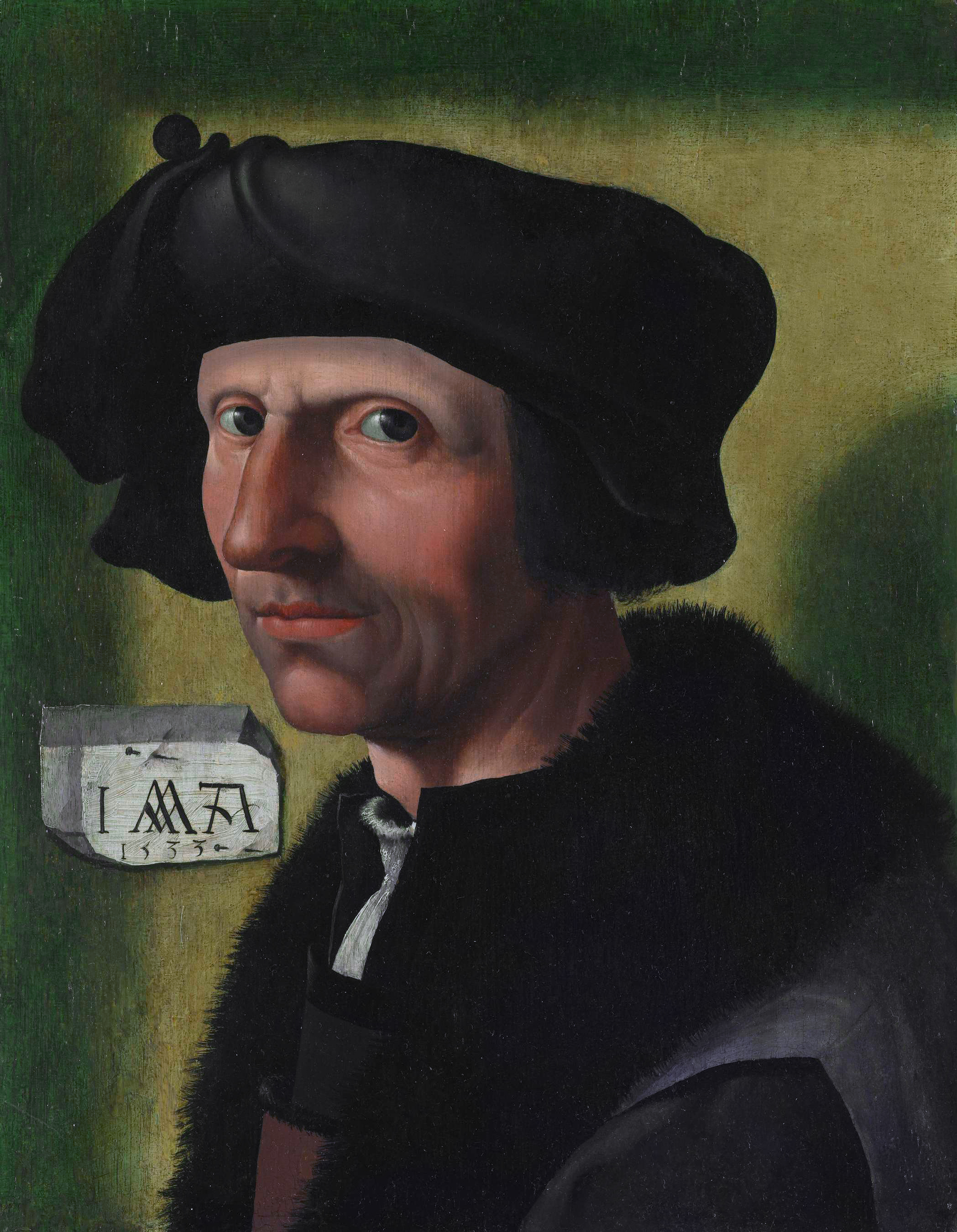
Jacob Cornelisz van Oostsanen was a Northern Netherlandish designer of woodcuts and painter. He was one of the first important artists working in Amsterdam, at a time when it was a flourishing and beautiful provincial town.
Throughout his artistic career, Cornelisz's painting style changed. At first, he started as a late Gothic craftsman under the influence of the Haarlem school and then ended with a style presented by the painting Saul and the Witch of Endor. In this particular painting, the details are simple, elongated proportions and a looser stroke of paint. Though he excelled as a technical painter, he was not a good leader. He progressed at presenting contemporary trends in subject-matter and style.
Cornelisz's symbolism was also conservative as well. He painted mostly sacred themes with traditional iconography in old and new combinations in response to an event, such as the Reformation.


Jacob de Backer was a Flemish painter.
He is known to have worked in Antwerp between about 1571 and 1585 and was a very prolific painter. Many paintings and altarpieces in Antwerp and Italy are signed with his name. Bakker also created many elaborate compositions on allegorical subjects.


Christoph Jacob Trew was a German botanist.
He was originally a city solicitor, court physician, Count Palatine of the Holy Roman Empire, an advisor to the Margrave of Brandenburg-Ansbach. He also had an academic passion for botany. He was a member of the Royal Society of London, the Berlin Academy, and the Florentine Botanical Society. His interest in botany then led him to sponsor the publication of illustrated botanical books.


Jacob Levecq was a Dutch portrait painter of the Golden Age, a disciple of Rembrandt, and a member of the Dordrecht Guild of St. Luke. Levecq is known mainly for his portraits.

























